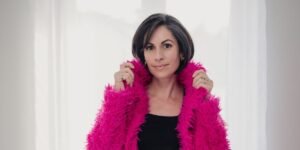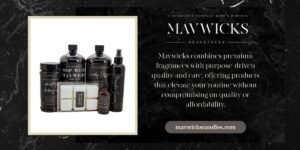For centuries, women’s beauty routines have been a wild and wonderful ride. We’re talking everything from ancient Egyptian eyeliner rituals to the pale-skin obsession of the Renaissance—it’s been a non-stop evolution of trends, traditions, and sometimes, just plain bizarre practices.
What was once considered the epitome of beauty in one era might make us cringe today. Imagine rocking lead-based makeup (yikes!) or shaving your hairline to achieve a fashionably high forehead. As they say, “Beauty is in the eye of the beholder,” and that eye has definitely wandered over the years.
But hey, that’s what makes it so fascinating! Diving into the history of women’s beauty is like opening a treasure chest filled with unexpected gems—some shiny, some downright scary, but all revealing something about the culture and values of their time. So, buckle up and get ready to explore the weird, wacky, and wonderful world of women’s beauty through the ages.
Ancient Origins: More Than Just a Pretty Face
Meanwhile, over in ancient China, pale skin was the holy grail of beauty. Forget tanning salons – these women were all about staying out of the sun and slathering on rice powder to achieve a porcelain complexion. Some even resorted to using lead-based powders (yikes!), a dangerous but sadly common practice in pursuit of beauty.
While the Egyptians and Chinese were going for bold and bright, the Greeks and Romans were keeping it au naturel. Think less “full face of makeup” and more “goddess glow.” They’d accentuate their features with subtle touches of rouge and oil, aiming for a radiant and healthy look. It was all about enhancing their natural beauty, not masking it.
The Renaissance: Fair Skin and Fancy Hair
But it wasn’t just about the face; hair was having a major moment too. We’re not talking about a simple topknot here. Think sky-high styles adorned with pearls, jewels, and even tiny ships perched precariously on top. These elaborate hairstyles were like wearable art, showcasing the wearer’s status and creativity. It’s safe to say that a good hair day in the Renaissance was a whole different ballgame.
While we might raise an eyebrow (or two) at some of these practices today, they offer a fascinating glimpse into the beauty standards of the time. It’s a reminder that what we consider beautiful is constantly evolving, shaped by cultural norms, social values, and even a bit of good old-fashioned peer pressure.
The 1920s: Flappers and the Power of Makeup
Red lipstick became their signature, a symbol of independence and a big middle finger to the conservative norms of the past. It was all about smoky eyes, dramatic brows, and a dusting of powder for that oh-so-chic matte finish. Makeup was no longer just about enhancing your features; it was a declaration of self-expression and a way to celebrate newfound freedoms.
As one magazine famously proclaimed in the 1920s, “The woman who used to feel that she could not face the day without a veil now walks forth barefaced, powdered and lipsticked.” This simple statement captures the spirit of the era perfectly – a time when women were breaking free from the constraints of the past and embracing their individuality, one swipe of lipstick at a time.
The Mid-20th Century: Glamorous Icons and Classic Looks
Then there was Audrey Hepburn, the epitome of timeless elegance. Her bold brows and perfectly drawn cat eye were all about accentuating her doe-eyed beauty. It was a look that was both sophisticated and playful, and it’s been copied countless times over the years.
And let’s not forget Twiggy, the mod icon who rocked super-short hair, spidery lashes, and a barely-there lip. Her look was youthful, edgy, and totally revolutionary for its time. It challenged traditional beauty standards and paved the way for more experimental makeup trends. As one fashion editor put it, “Twiggy’s look was a breath of fresh air – a symbol of youthful rebellion and a rejection of the old-fashioned ideals of beauty.”
The late 20th century and the 21st century have seen a huge shift in the beauty industry. “We are moving away from a ‘one-size-fits-all’ approach to beauty and embracing a more inclusive and diverse range of looks,” says celebrity makeup artist, Pat McGrath. Social media has given everyone a platform to share their unique styles, and brands are finally starting to cater to a wider range of skin tones and types.
In today’s world, women’s beauty is more diverse and inclusive than ever. It’s about self-expression, confidence, and feeling good in your own skin. Whether you prefer a natural “no-makeup” makeup look, bold colors, or dramatic styles, there’s no right or wrong way to do beauty. The most important thing is to have fun with it and find what makes you feel your best.








